From the Forum
Looking for advice about a home improvement project? Want to talk about what’s going on in your neighborhood? Start here.
In the News
December 19th, 2025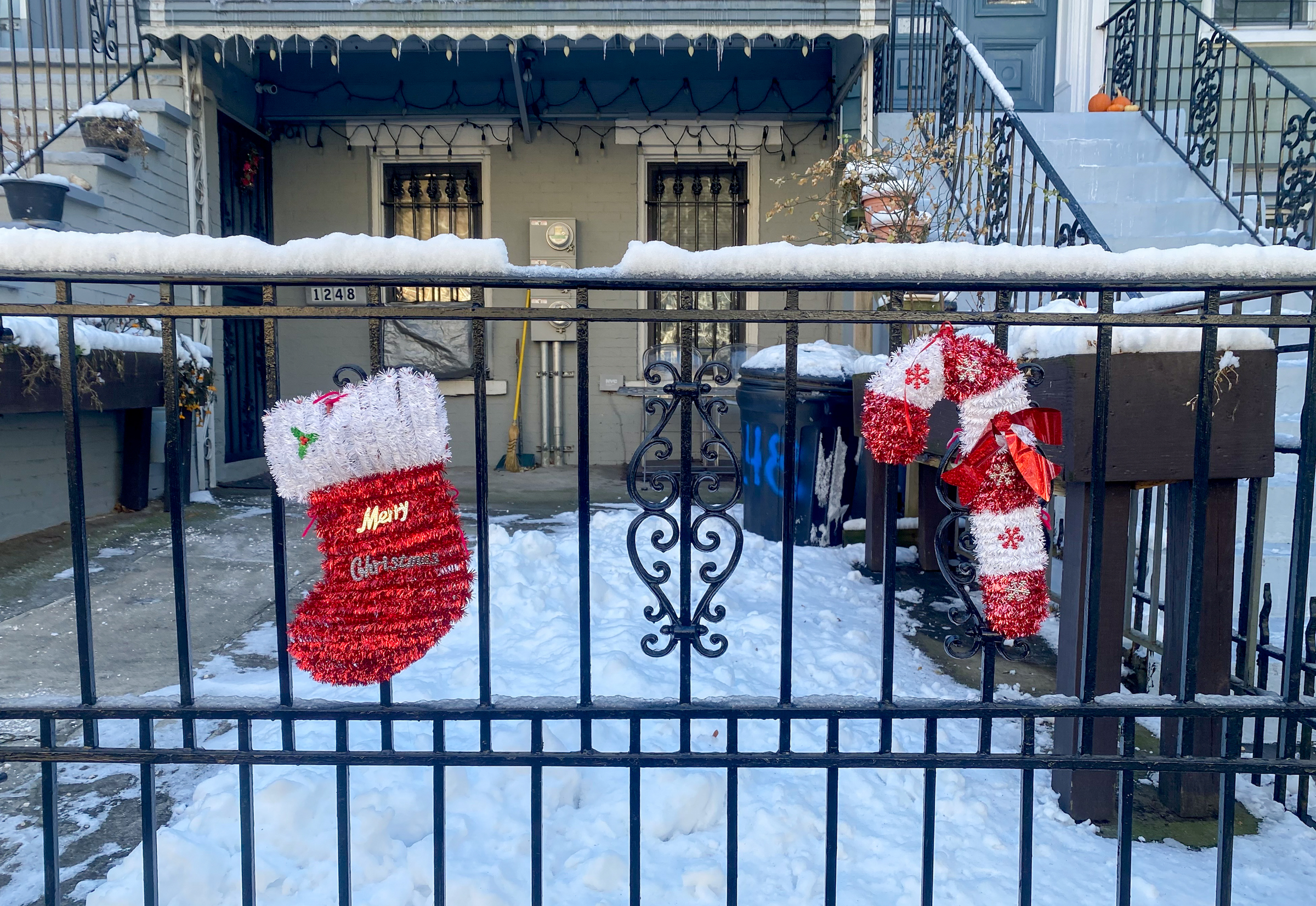
Daily Links: Developer Secures Funding for 21-Story, 276-Unit Gowanus Project
Interiors & Renovation
See AllExplore Brownstoner
Best of Brownstoner
See AllBrooklyn Home Pros
Preparing to buy a home? Gut-renovating a townhouse? Just need something fixed? Brownstoner Home Pros is here to help.



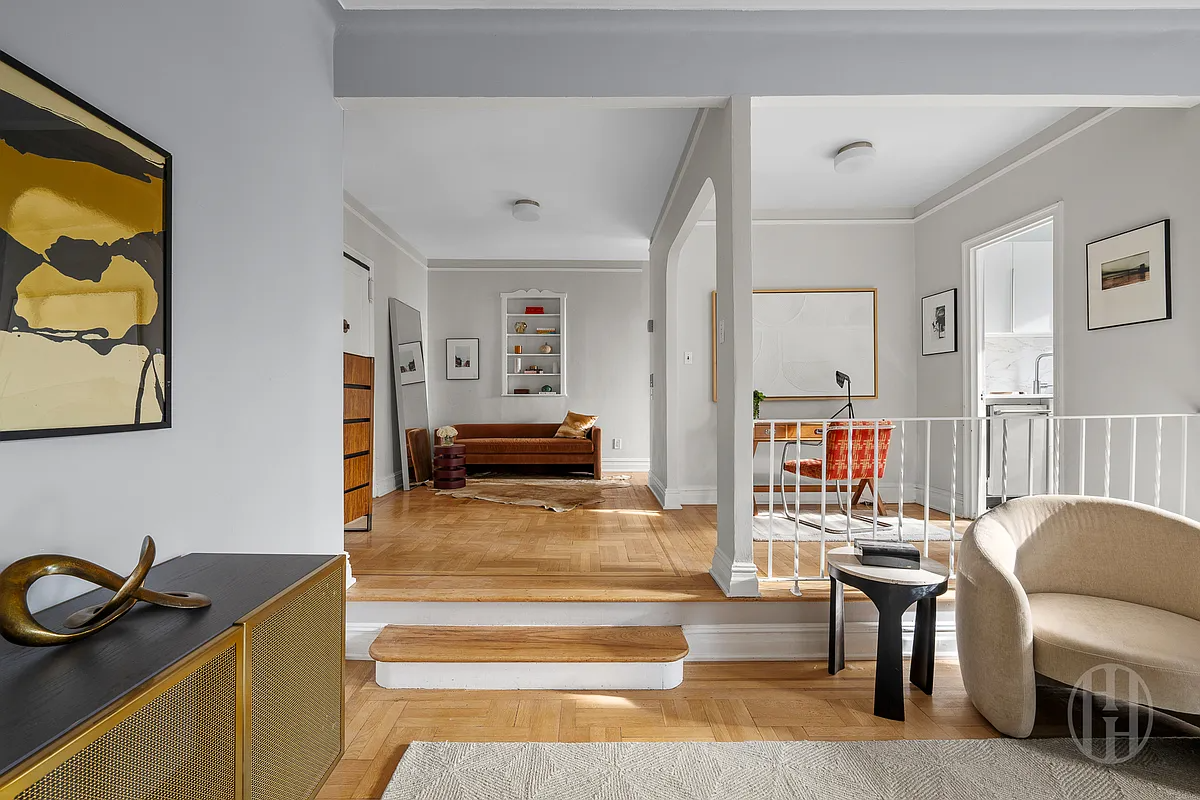


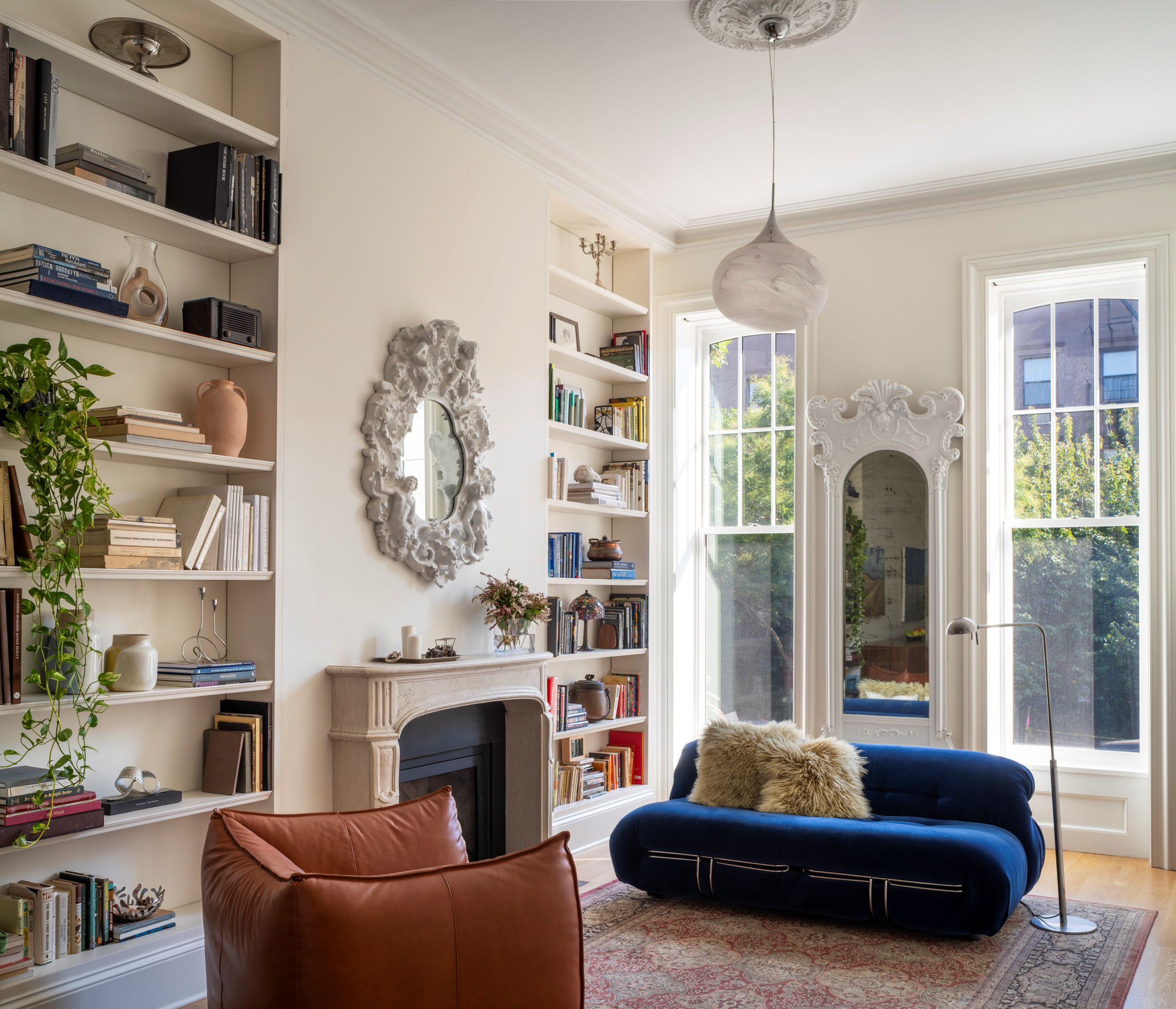

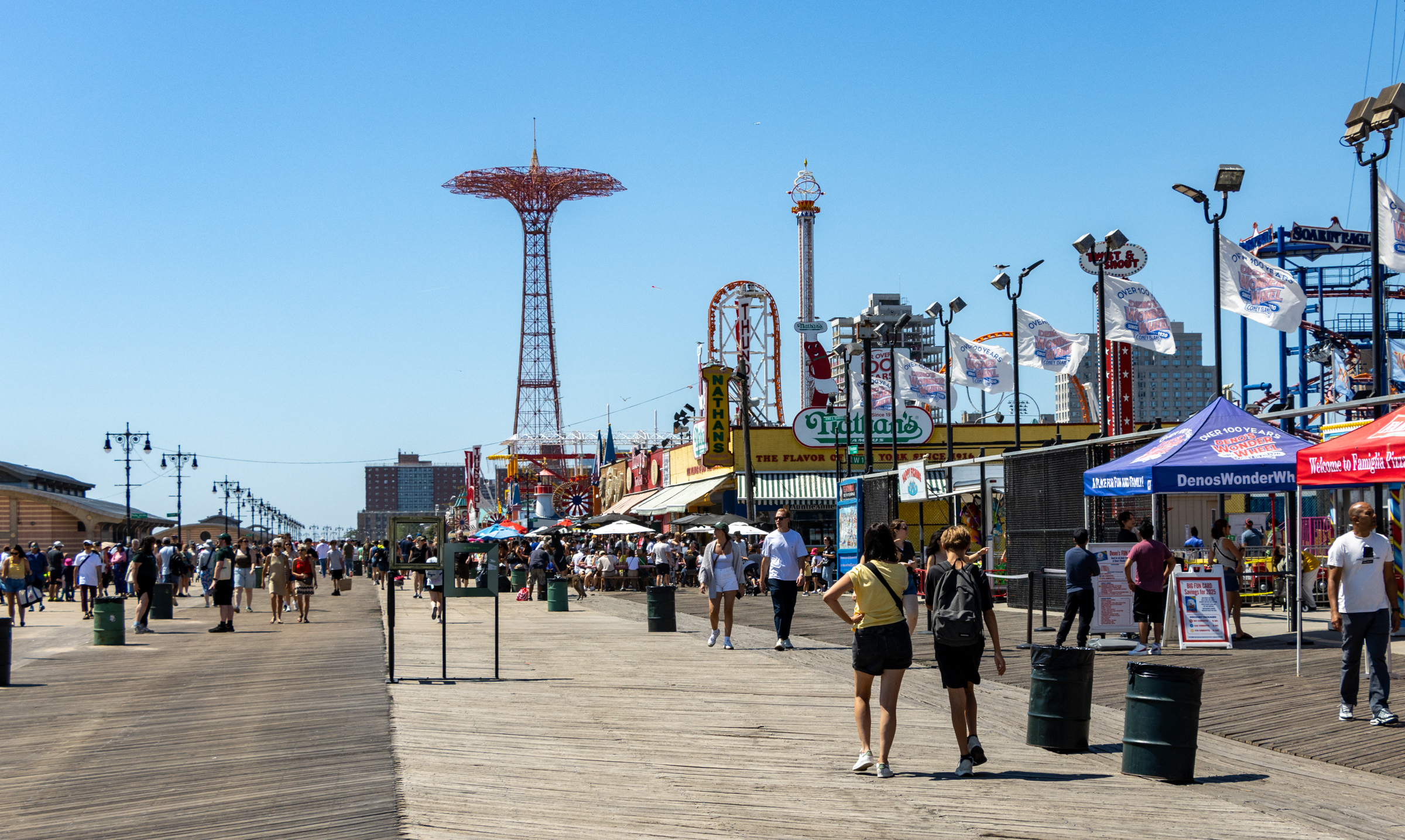
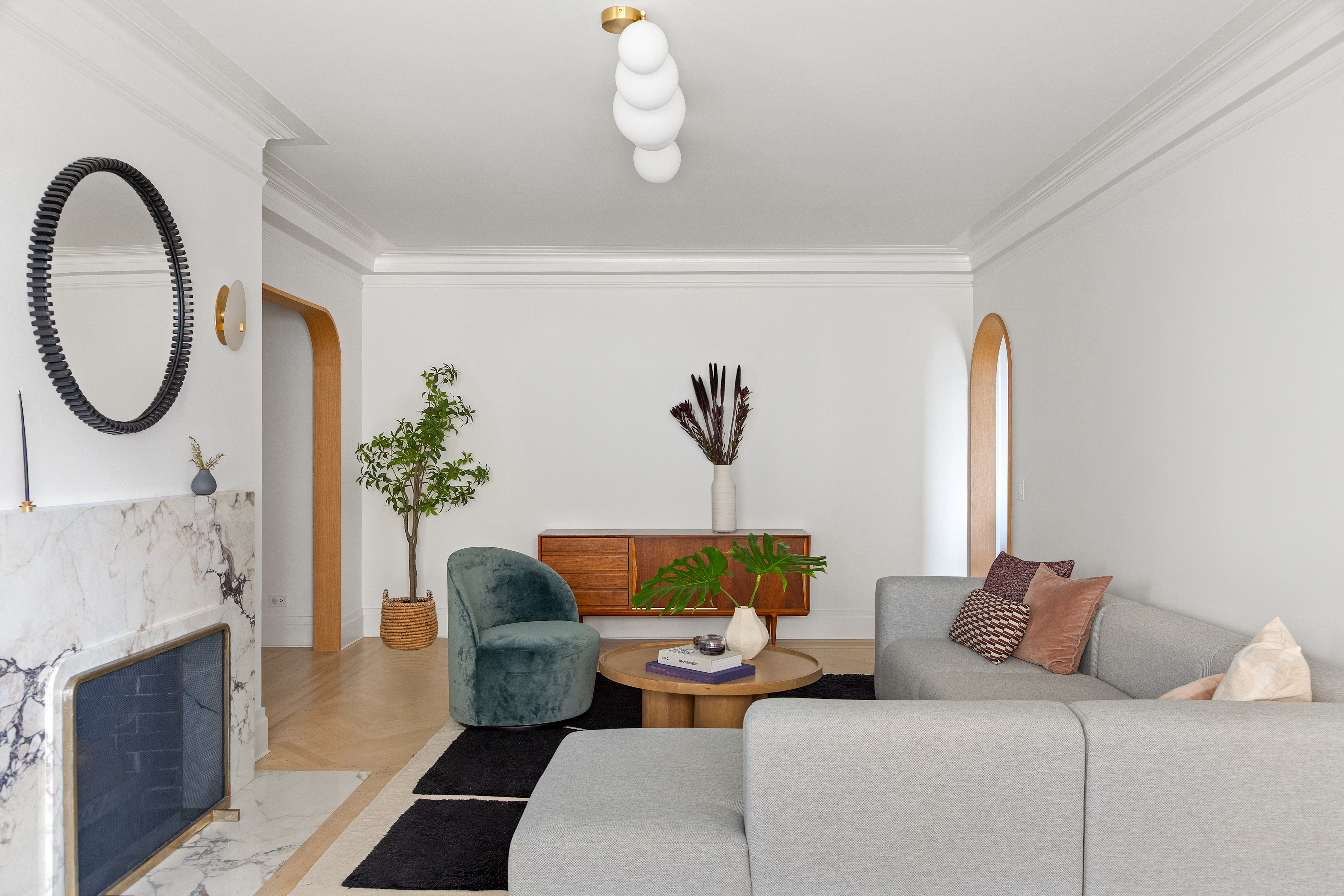

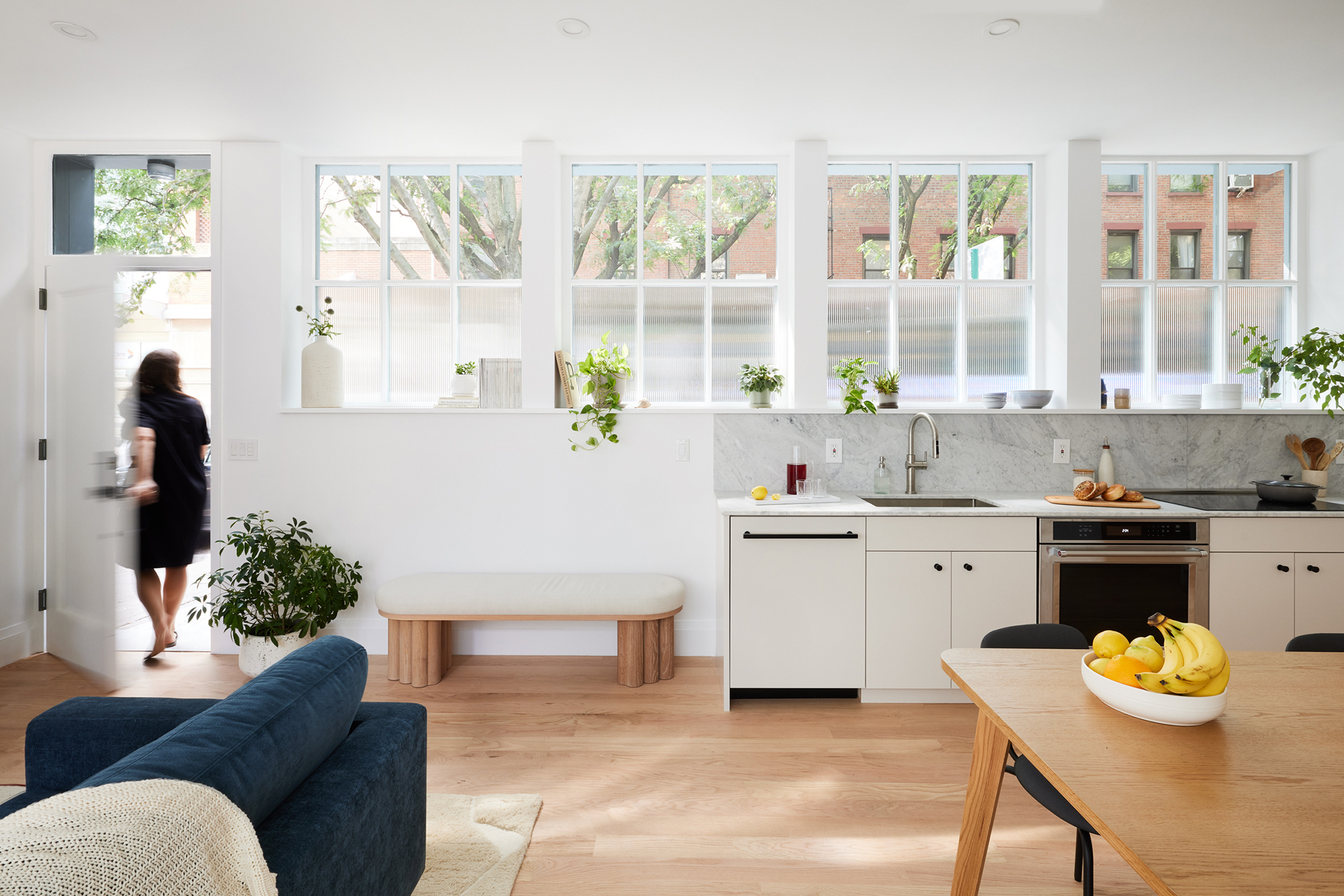
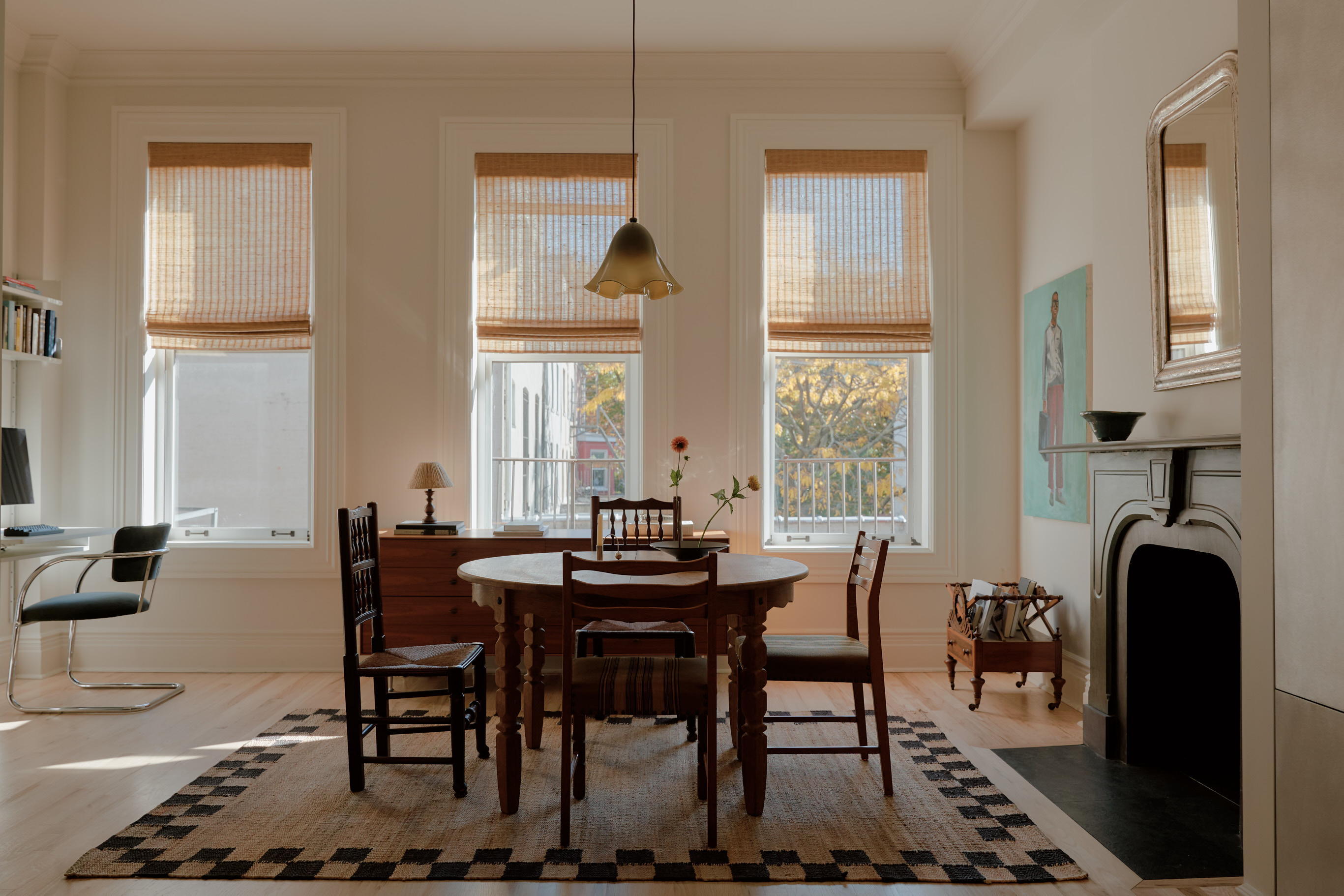

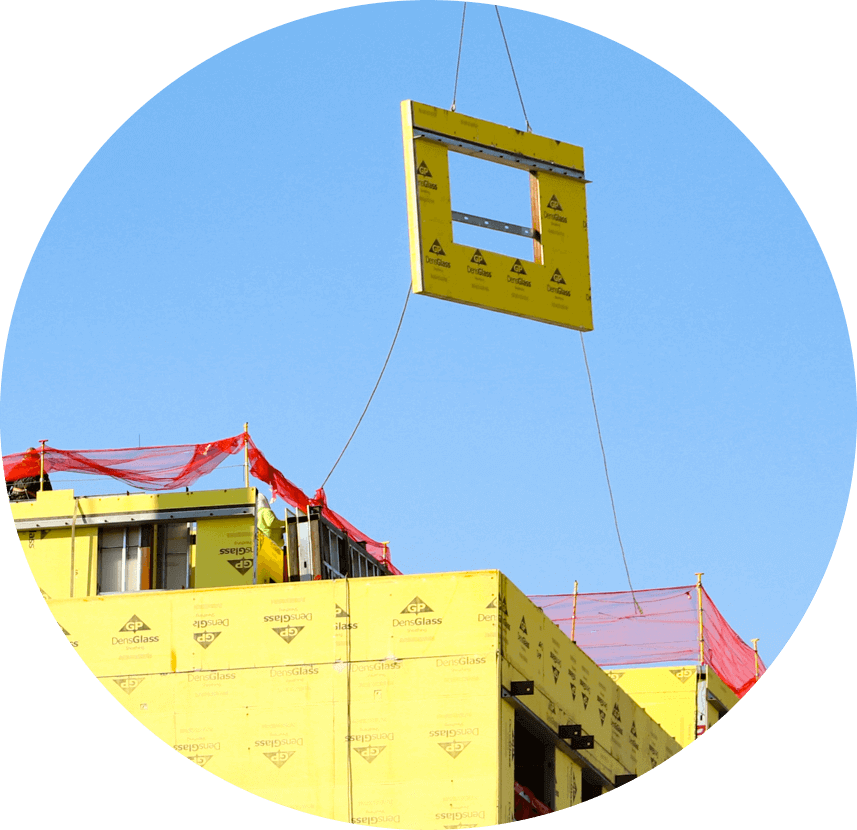

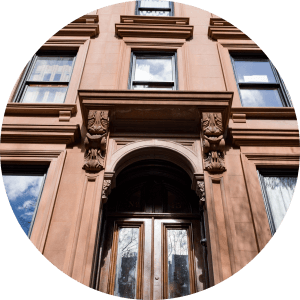



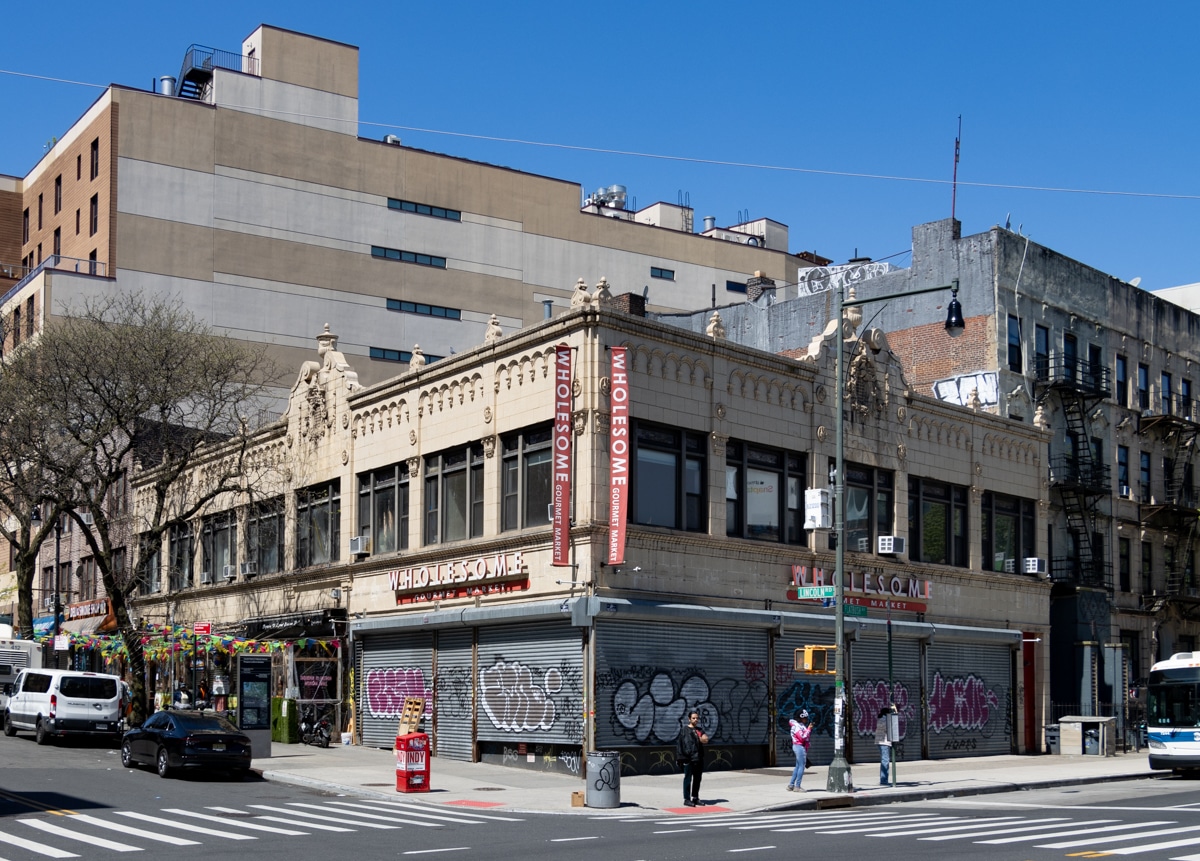
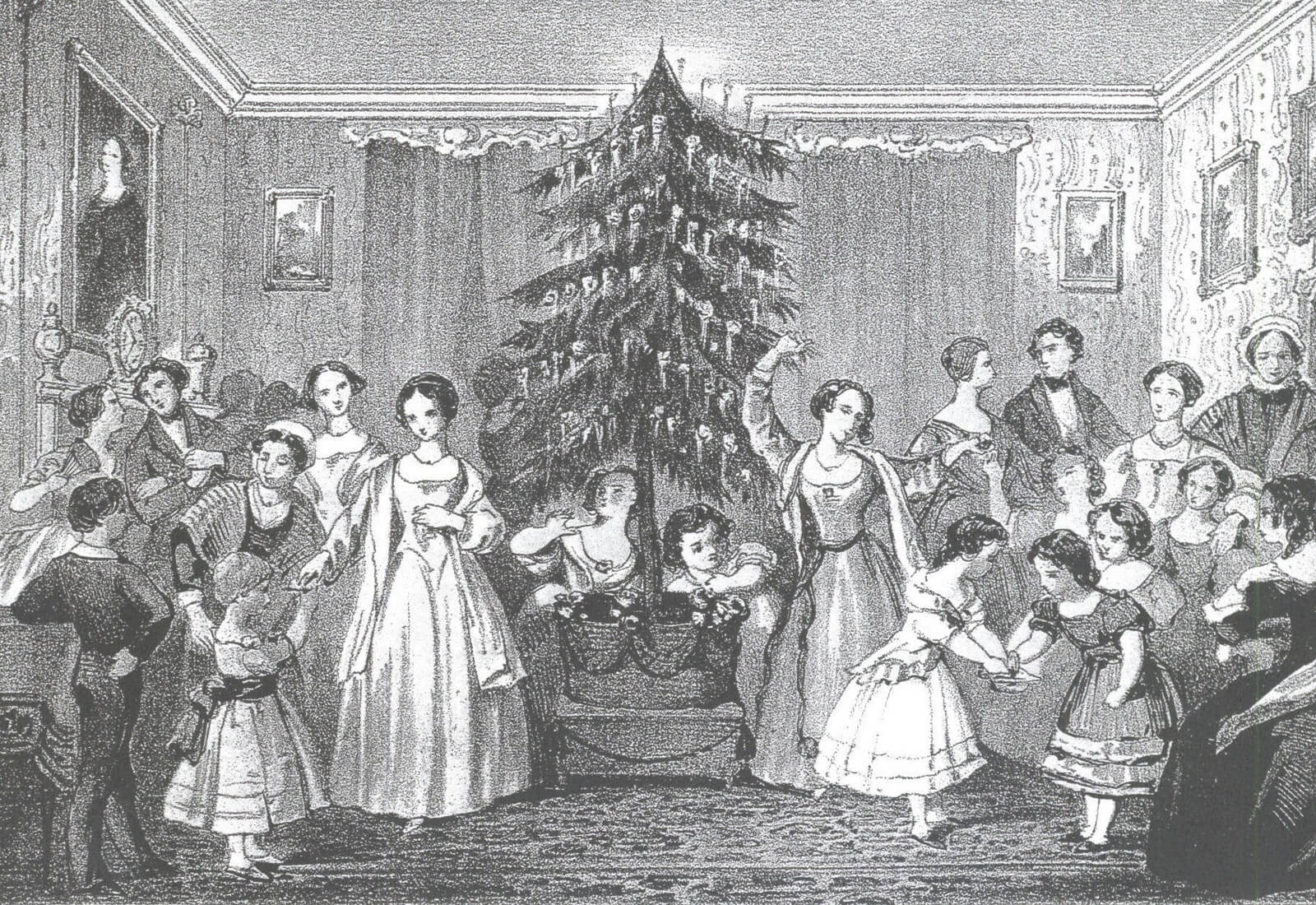
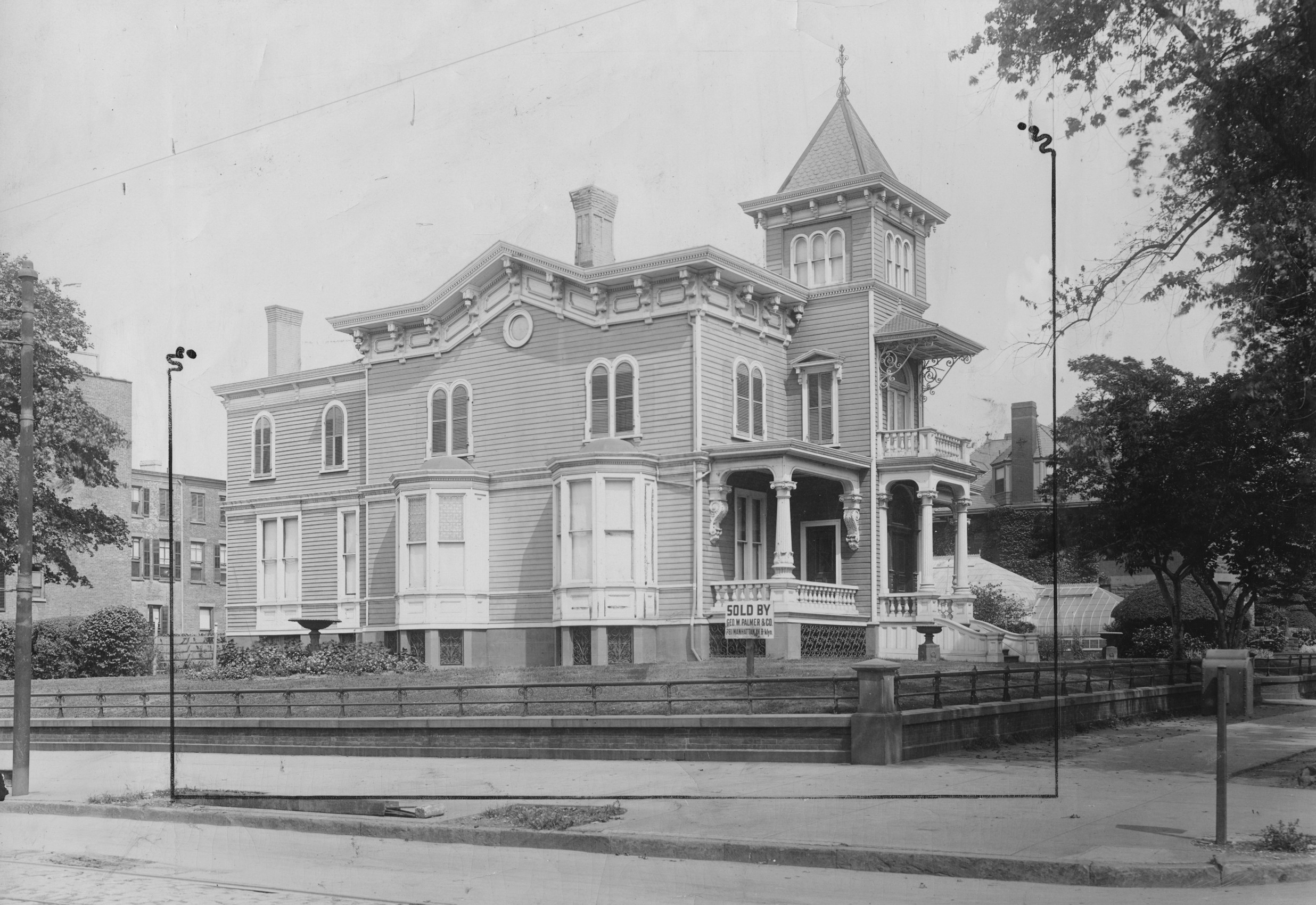

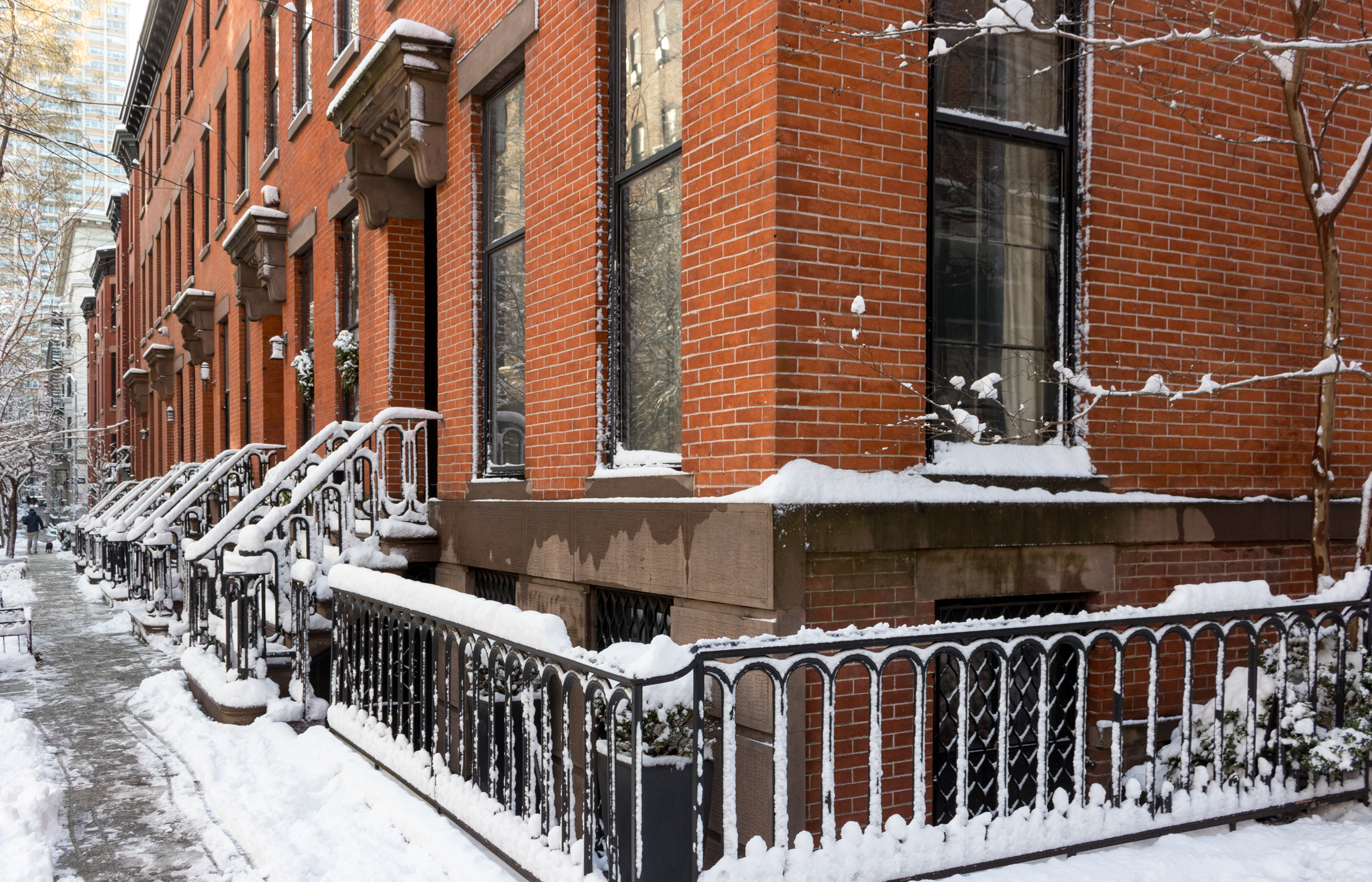
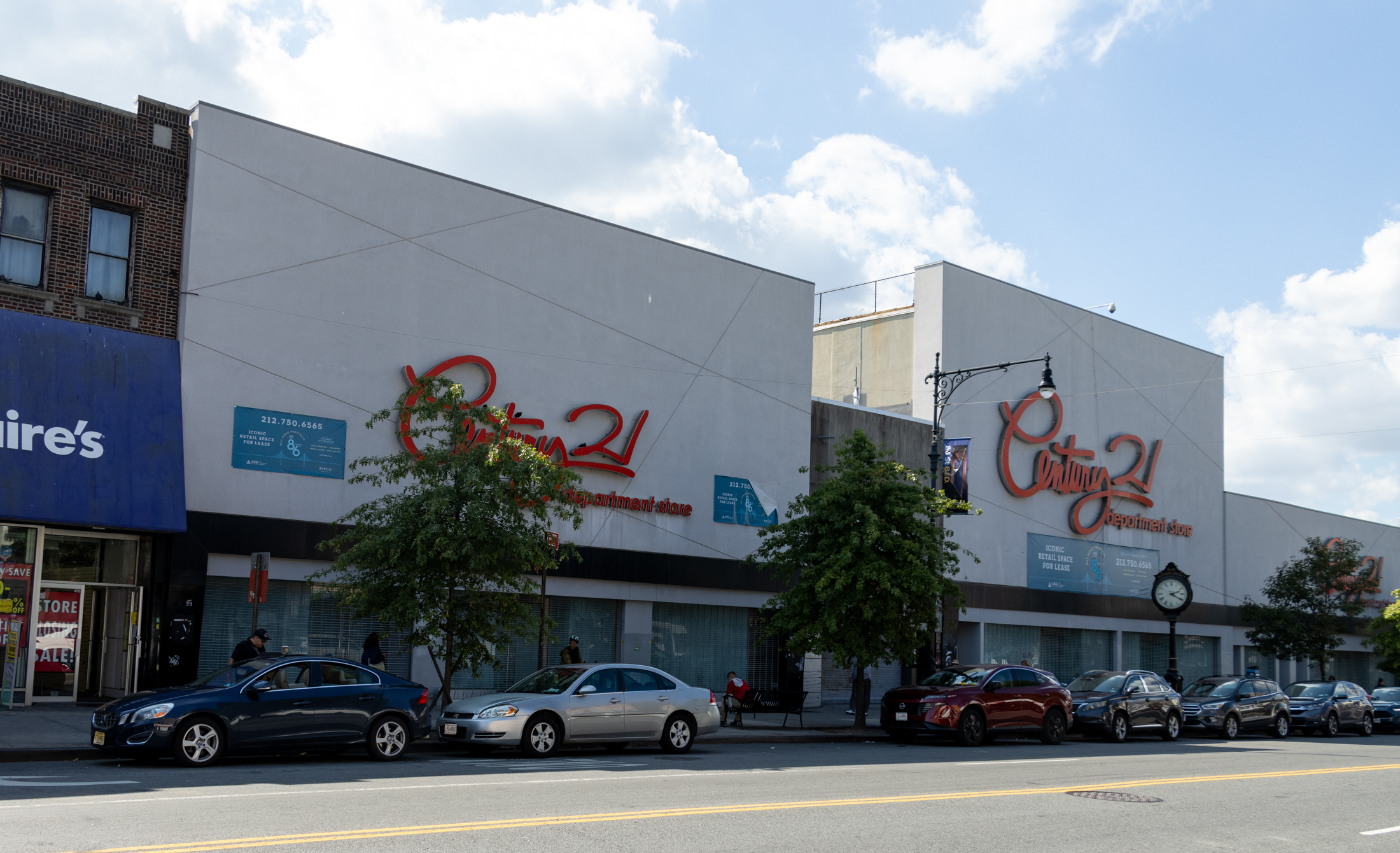

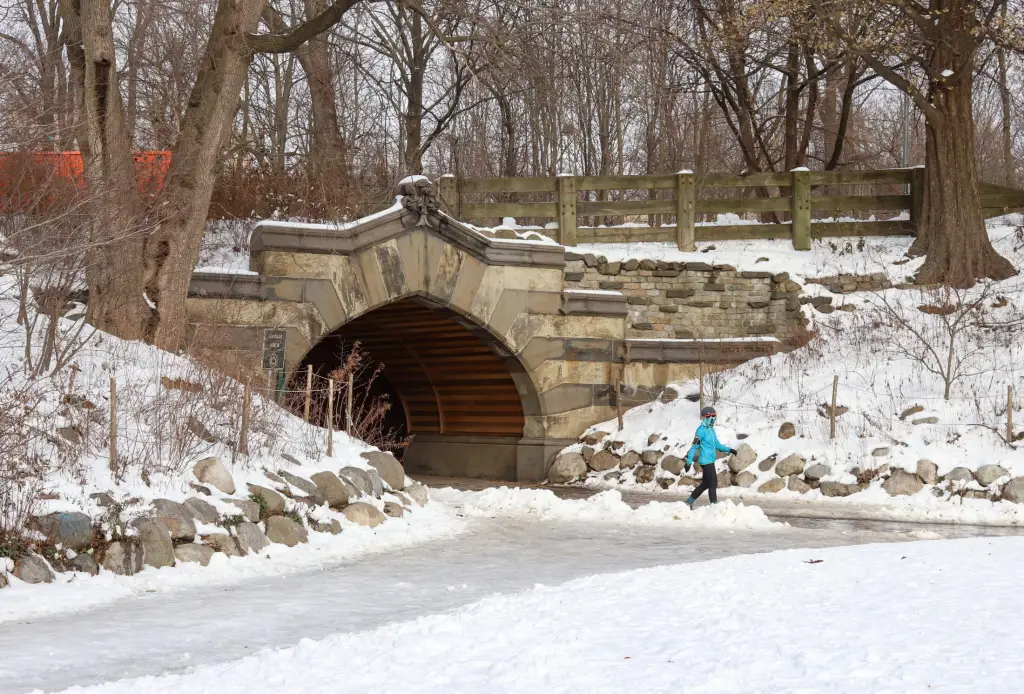


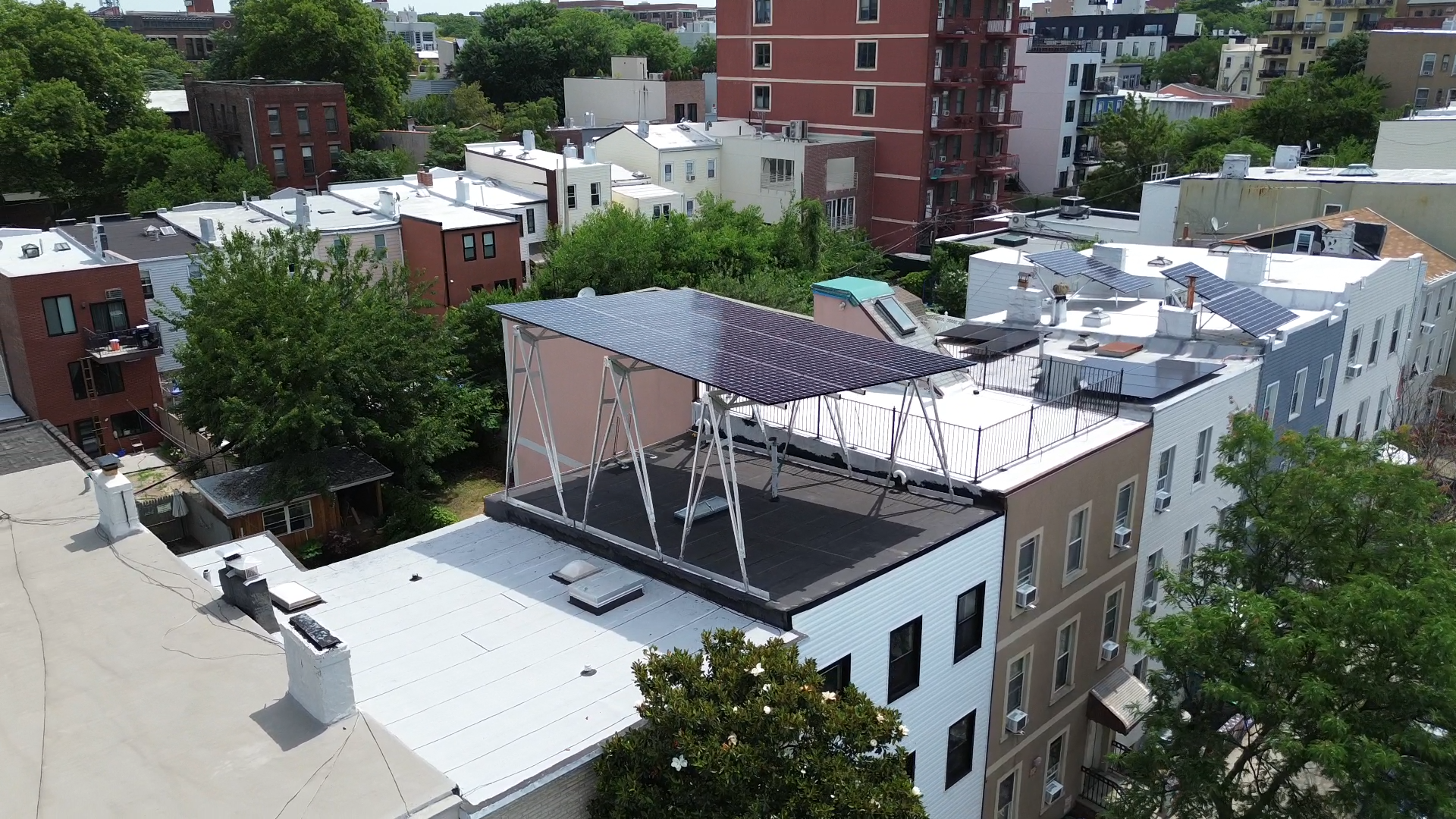
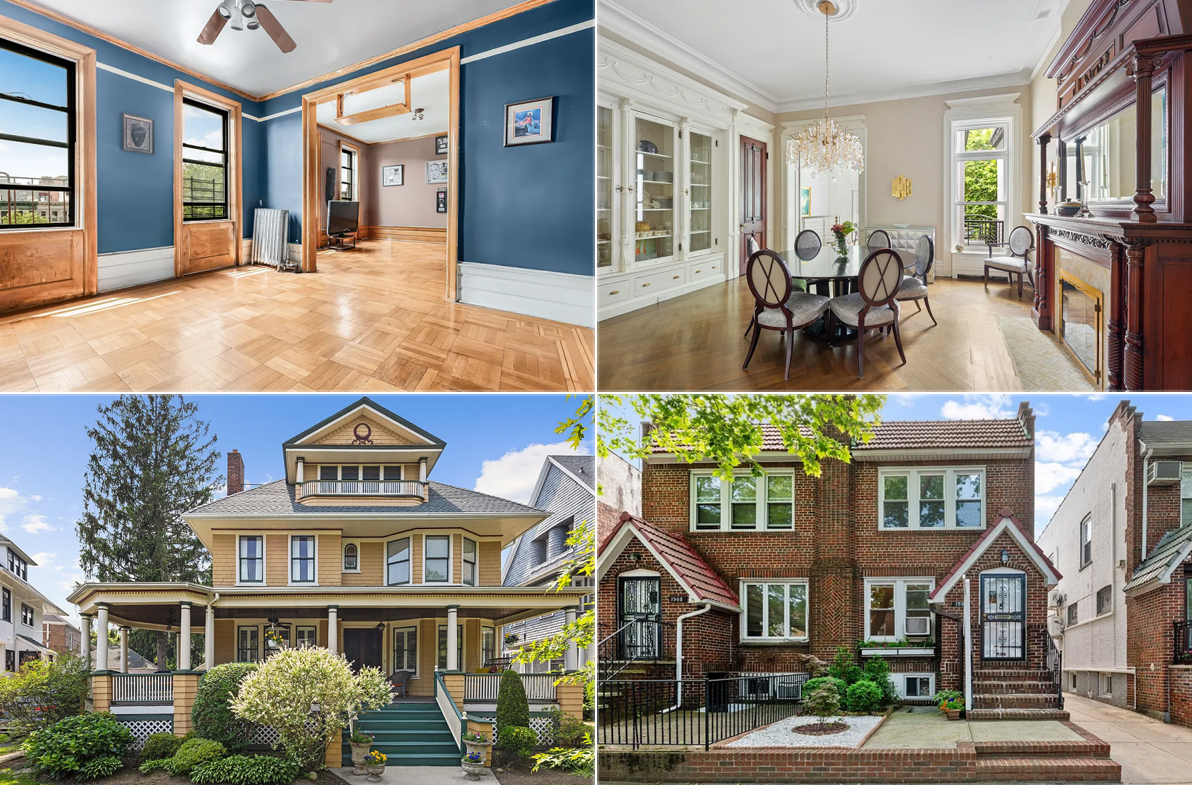
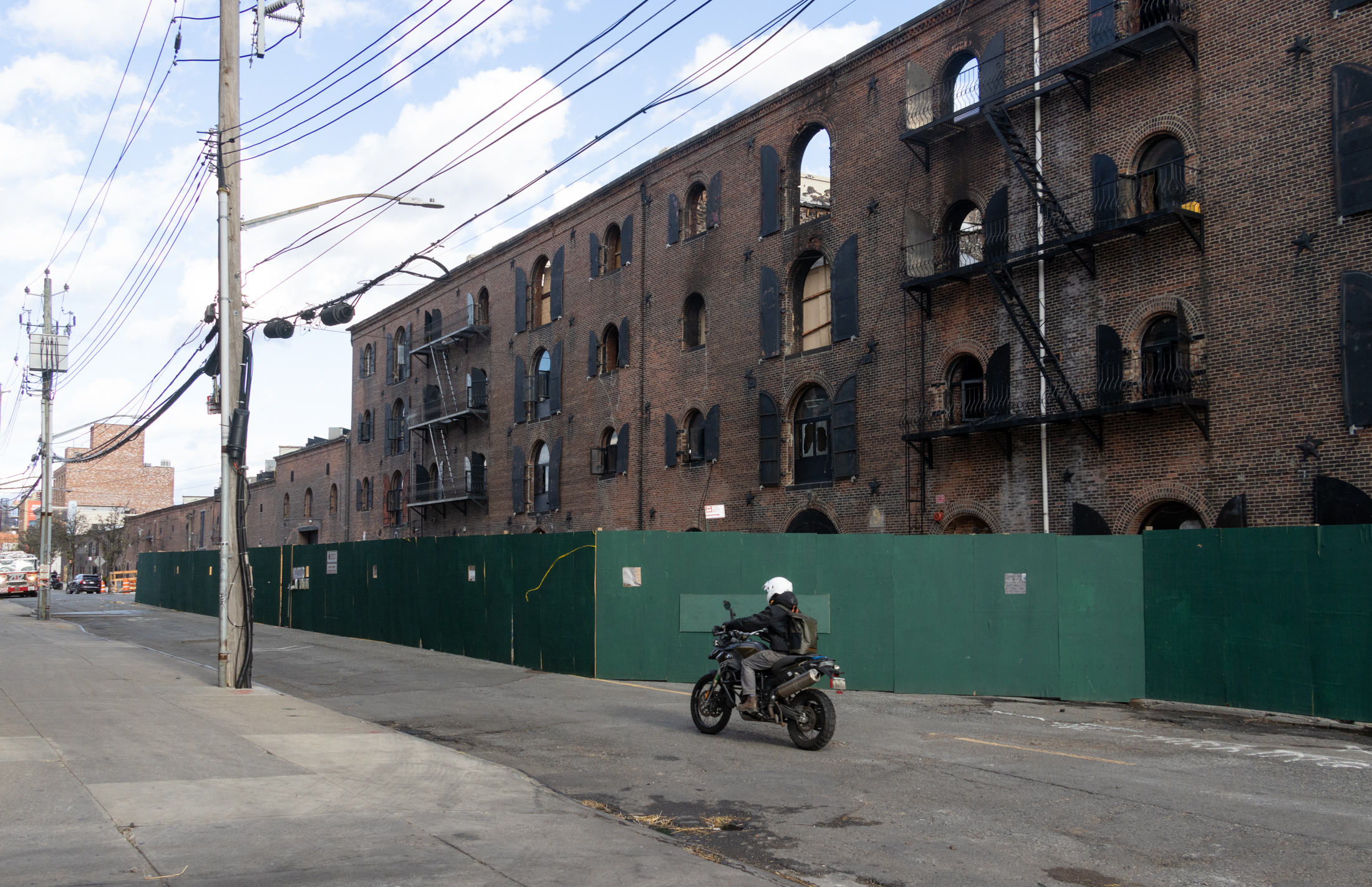
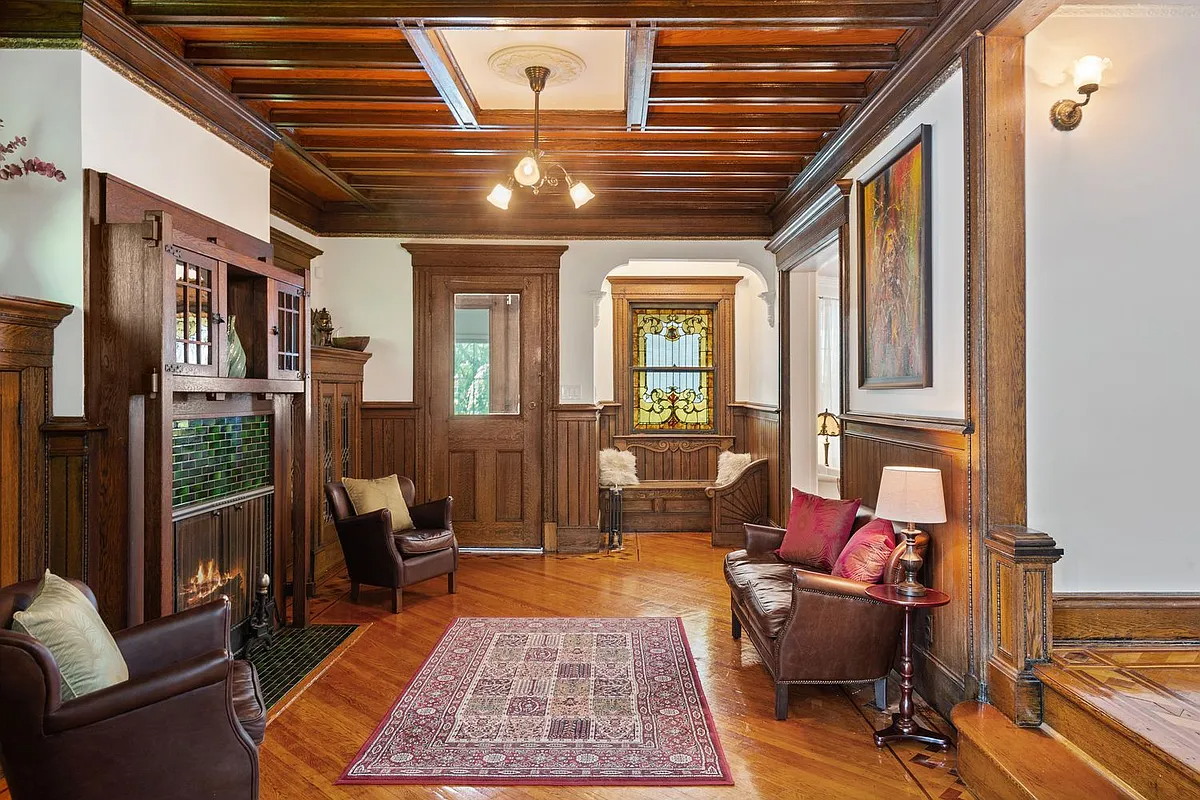






Recently Commented Stories
Thanks for the update!
Close Out the Year With Free Events at Brooklyn’s ParksThe two Marine Park events on Sunday 12/21 have been combined and will take place from 5pm to 6:30pm at the Salt Marsh Nature Center on Avenue (not at Seba Playground as previously advertised)! Hope to see you there
Close Out the Year With Free Events at Brooklyn’s Parks468 86th was the family store, Goldstyle, from 1933 to 1993 (yeah, I'm one of the descendants who sold the property). Who is doing the demolition? I would love to have some piece of it, no matter how trivial.
Demo Starts at Bay Ridge’s Former Century 21 Site for New Retail ComplexAs I have observed before, people feel the need to make exaggerated claims when protesting new buildings, but the quotes in this article are especially histrionic and overblown. "I thought it was pretty cute having described it as urban decay, nice touch to someone who’s, you know, really, actually lived there" You can view these buildings going back to 2012 on google street view. Once there was a laundromat in part of the structure, but it's been vacant for over 10 years. It's boarded, graffiti covered, with cracked sidewalks and overgrown vegetation. You're really going to get persnickety about calling it "urban decay?" "These are the only open spaces available to Ebbets Field . . . everybody in this neighborhood and all the children will now be playing in the dark.” This is patently false in several respects. This neighborhood is situated near some of the best open space in the entire city in Prospect Park. And anyway, the sun moves. Shadows cast in the morning will turn to sun by midday. Moreover, the big playground and ball fields on the same block (Jackie Robinson Playground) get plenty of sun except for the morning hours when the substantially taller Ebbets Field houses shade them. Have a look at the various street shots going back over a decade on google maps. Plenty of sun that playground! Finally, tons of children in NYC - even very privileged ones - have played in pocket parks and in the shade of tall buildings for decades. ". . . the board conditionally supported commercial development at the site and recommended a two-story retail space with parking" This was a surprise to me. There is already a ton of parking lots in that area, and I don't two story retail with parking as some sort of amazing outcome to aspire to.
Locals Push Back on Crown Heights Spot Rezoning Over Shade, Displacement